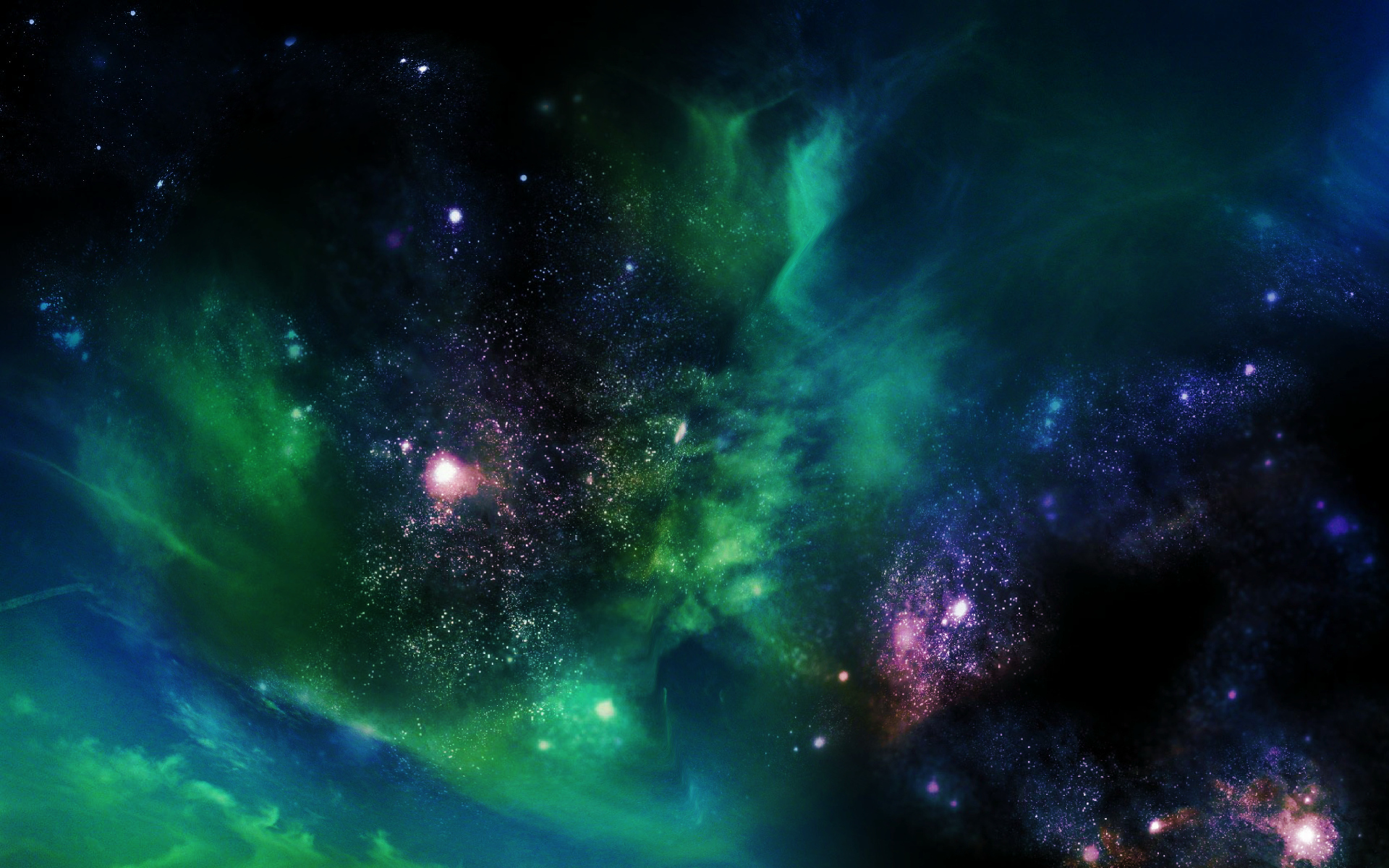
The Prototype Lunar/Mars Greenhouse project uses what's called "bioregenerative life support system" that mimics Earth's environment to be able to grow plants outside our planet.

The WFIRST mission, the next in the agency’s line of powerful observatories after the Hubble and James Webb telescopes to probe the make-up of planets around nearby stars and a bigger-than-expected launch vehicle.
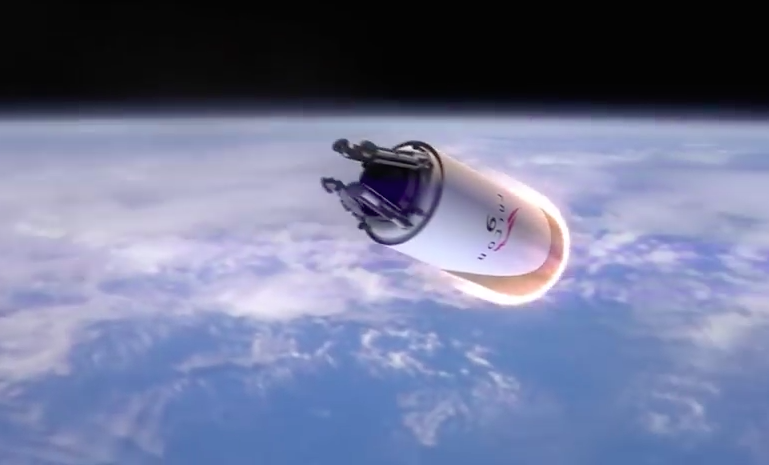
Elon Musk said last week he is “fairly confident” his company’s Falcon rockets can be made fully reusable within a couple of years.

The research grants provide funding for new studies of spacecraft propulsion, synthetic biology and more

Blue Origin founder Jeff Bezos provided a sneak peek today into the interior of the New Shepard crew capsule, the suborbital vehicle for space tourism.

ESTCube-2 is planned to blast off in 2019. The main objective for ESTCube-2 is to test a “plasma brake”. This is a new method of deorbiting satellites, which could help mitigate the problem of space debris.

The Event Horizon Telescope, or EHT, is a network of around ten radio telescope observatories across the planet, synchronized via the most precise atomic clocks, and pointed directly at the center of our galaxy.

Halifax-based Maritime Launch Services has confirmed its plans to build a $148-million rocket spaceport near Canso, Nova Scotia. Scheduled for completion in 2020, it’ll be Canada’s first and only site where rockets can be launched into orbit.

Sending an antibiotic-resistant superbug to a zero-gravity environment like the International Space Station will help NASA better understand how superbugs mutate to become resistant to available antibiotics.
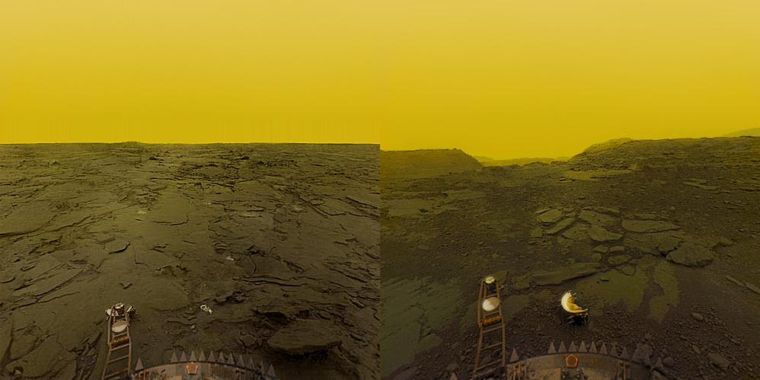
Over the last few years electronics based on the semiconductor silicon carbide (SiC) have started to mature. Those properties make it a very suitable candidate for computing on Venus.
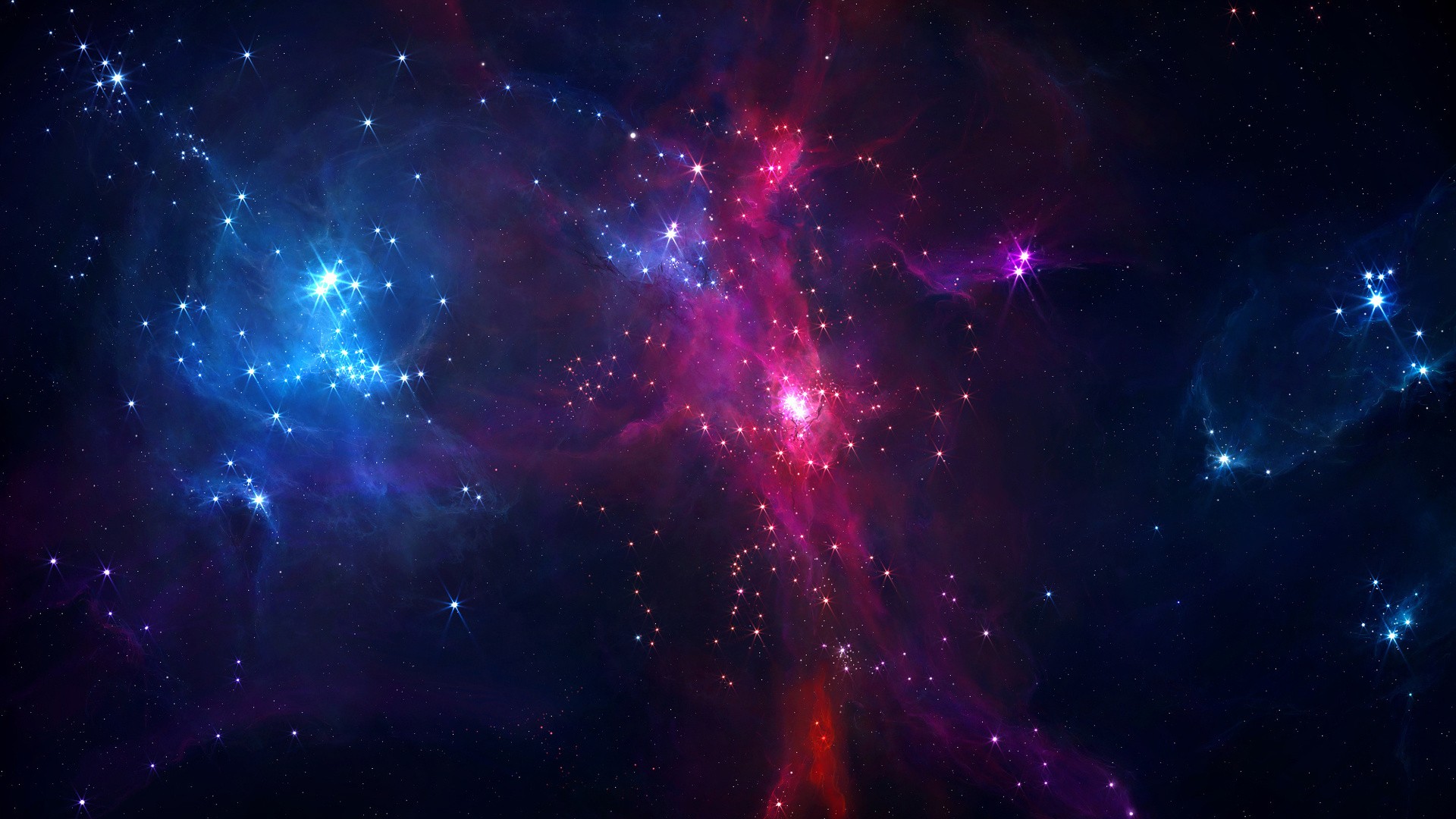
The telescope, located 5,250 meters above sea level, will detect and gather precise data on primordial gravitational waves in the Northern Hemisphere. It is expected to be operational by 2021.

After months of uncertainty and delays, SpaceX can finally say when it expects to resume rocket launches following its September launchpad explosion.

SolarStratos, a Swiss startup, has unveiled an airplane that uses solar power to lift people to the edge of space and return them gently to earth.

Everything from meteor showers and eclipses to epic space missions and more, 2017 will be worth looking up for and forward too.
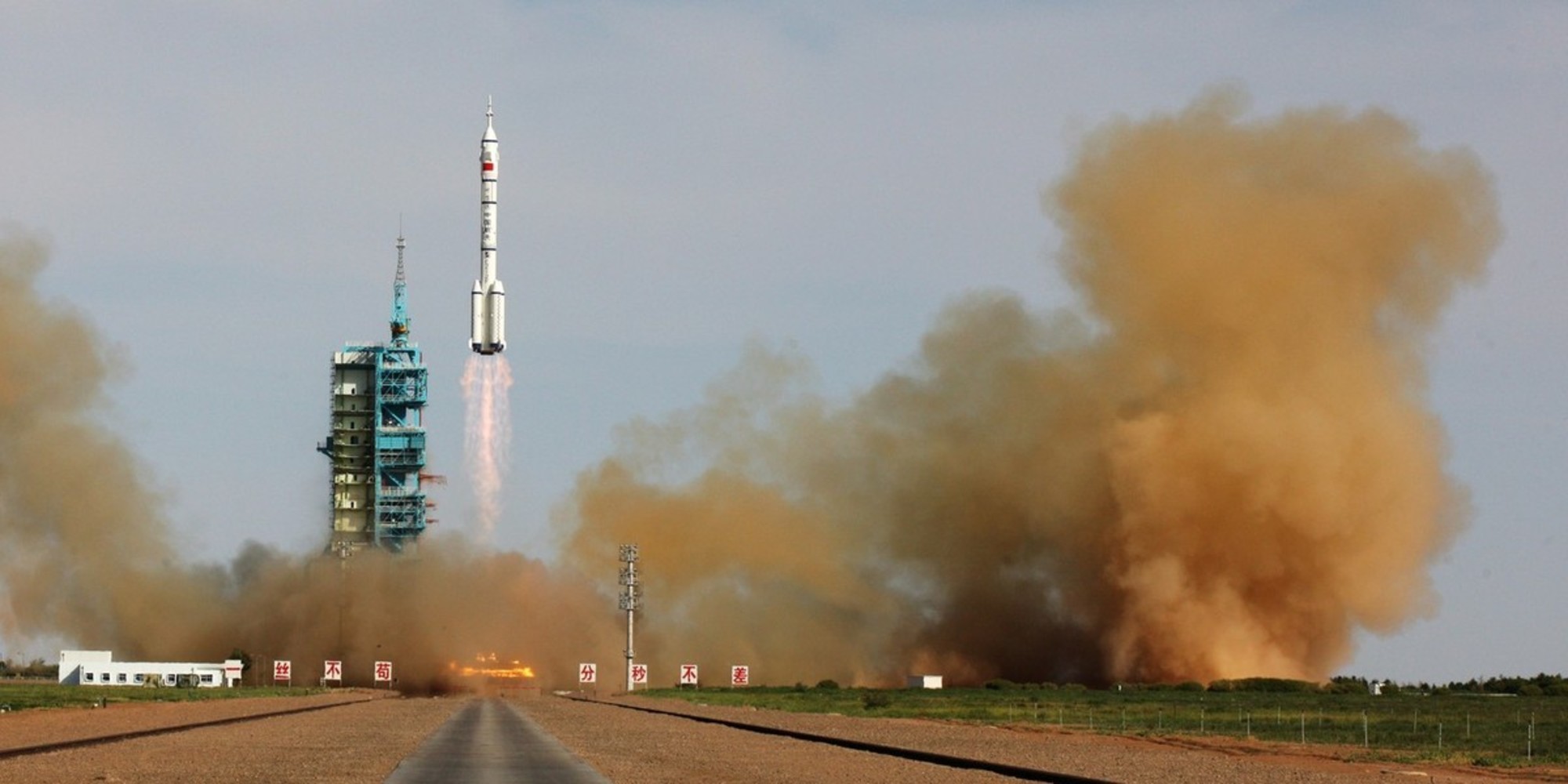
As outlined in a new white paper announced Tuesday, the Chinese government hopes to soft-land a probe on the far side of the moon by 2018 and send a robotic mission to Mars in 2020.